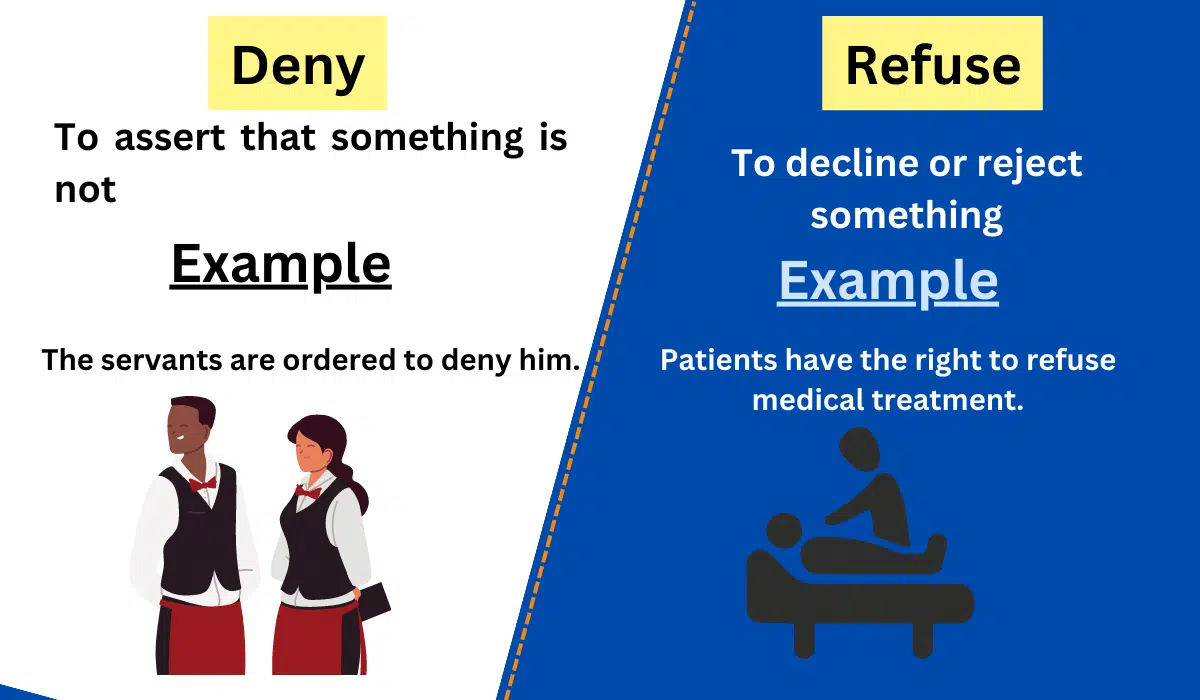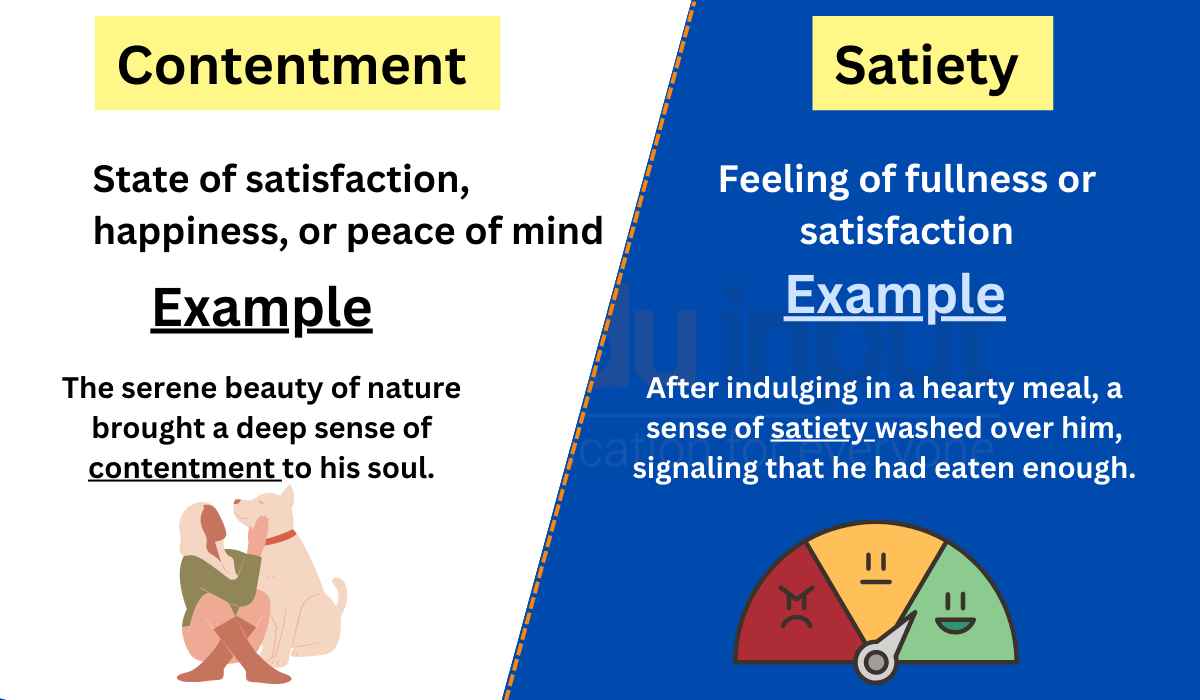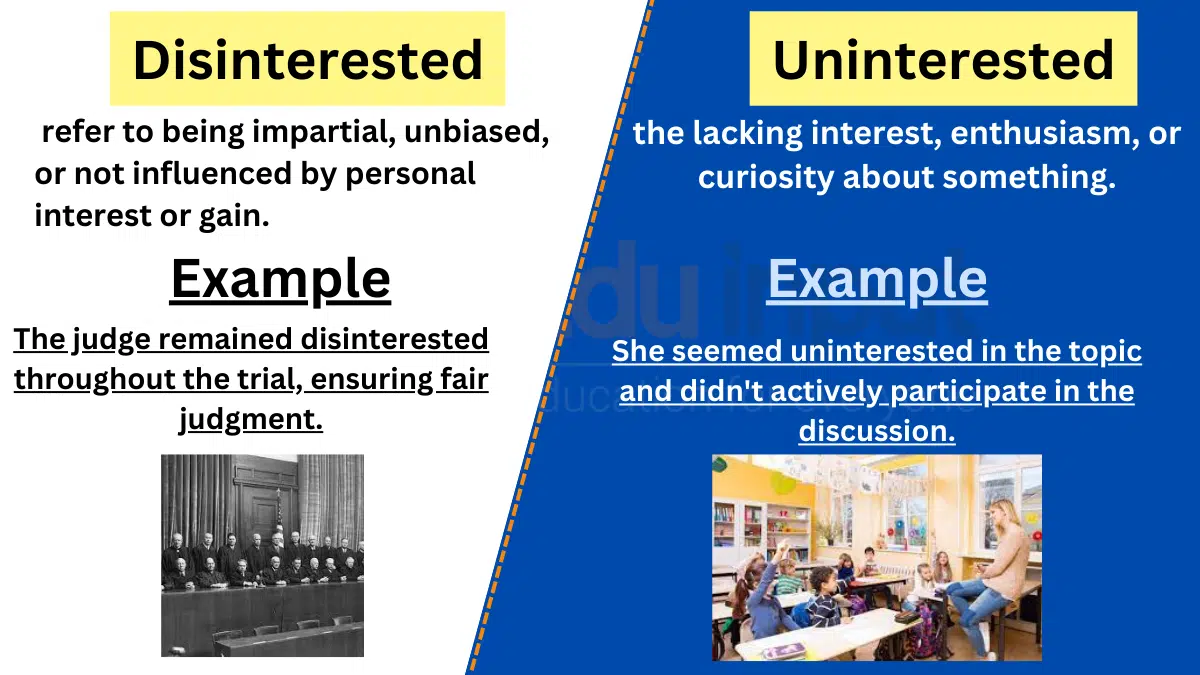Float vs Swim-Difference Between And Examples
The terms “float” and “swim” are often used interchangeably to describe activities in the water. However, there are distinct differences between the two that affect how we experience and move in aquatic environments. In this article, we will explore the meanings and nuances of “float” and “swim” to gain a better understanding of their usage. By understanding these differences, we can navigate water-related activities with confidence and clarity.

Meanings and Examples
Float Meaning
The meaning of “Float” refers to remaining on or near the surface of the water without any active movement. It involves staying buoyant with little or no effort.
Float Examples
- “She lay on her back and let the gentle waves carry her as she floated in the sea.”
- “Children love to float on inflatable rafts in the pool during summer.”
- “The buoy was designed to float on the water’s surface to mark the safe swimming area.”
Swim Meaning
The meaning of “Swim” refers to the action of propelling oneself through the water using arm and leg movements, typically with the intention of reaching a specific destination.
Swim Examples
- “The swimmer effortlessly glided through the water, reaching the other end of the pool in record time.”
- “The children learned to swim at an early age, enjoying the freedom of movement in the water.”
- “He had to swim across the lake to reach the opposite shore.”
Difference Between Float and Swim
| Float | Swim | |
| Meaning | Remaining on or near the water’s surface without movement | Propelling oneself through the water using arm and leg movements |
| Example | “She lay on her back and let the gentle waves carry her as she floated in the sea.” | “The swimmer effortlessly glided through the water, reaching the other end of the pool in record time.” |
| Usage | Describing a state of buoyancy without active movement | Referring to the action of propelling oneself through the water |
| Context | Relaxing in the water, enjoying the feeling of weightlessness | Engaging in physical activity to move through the water |
Usage in a Paragraph
On a hot summer day, Emma and her friends decided to go to the beach. They found a calm spot in the ocean and inflated their colorful floaties. They climbed onto the floats and let the gentle waves carry them as they floated on the water’s surface. They chatted, basked in the sun, and enjoyed the refreshing water around them.
In contrast, at the nearby swimming pool, a swimming class was taking place. The instructor guided the beginners on proper swimming techniques. The students practiced their arm and leg movements, gradually gaining confidence and proficiency. With each stroke, they propelled themselves through the water, feeling the resistance and the freedom of movement that swimming offered.
While “float” and “swim” both involve activities in the water, understanding their distinctions is essential for accurate communication. “Float” describes the state of remaining on or near the water’s surface without active movement, emphasizing buoyancy and relaxation. “Swim,” on the other hand, refers to propelling oneself through the water using coordinated arm and leg movements, focusing on reaching a destination or engaging in physical activity. By recognizing these differences, we can better describe our experiences and intentions in aquatic environments. So, whether you prefer to float and unwind or swim and explore, knowing the nuances between “float” and “swim” will enhance your water-related experiences and interactions.







Leave a Reply